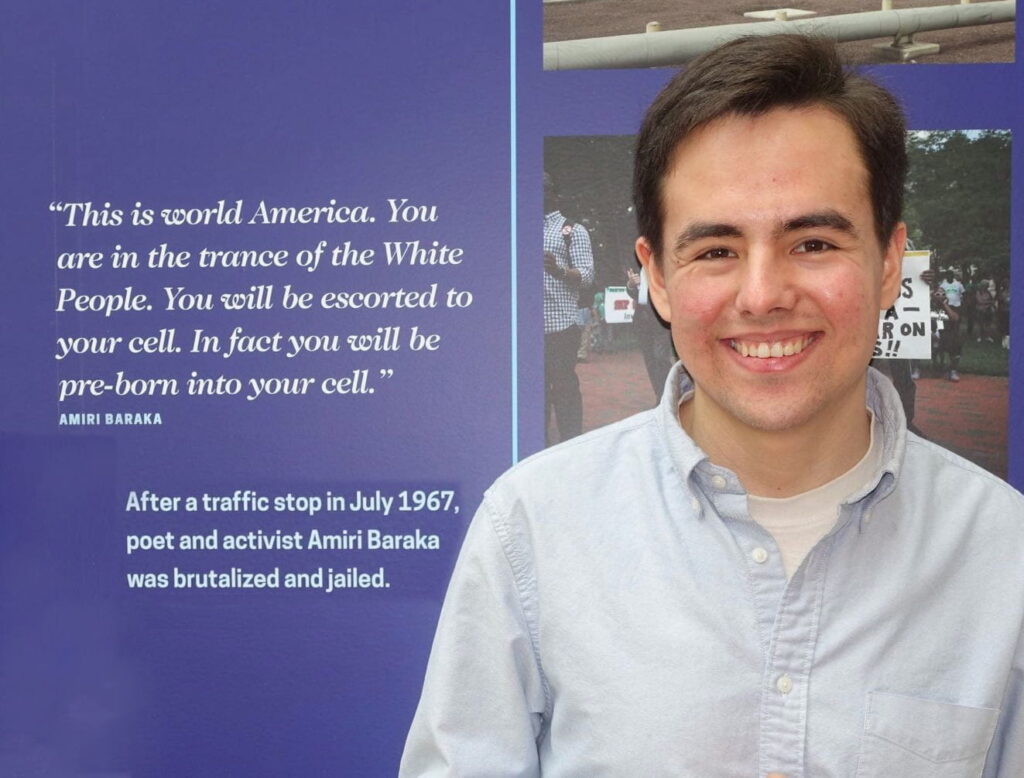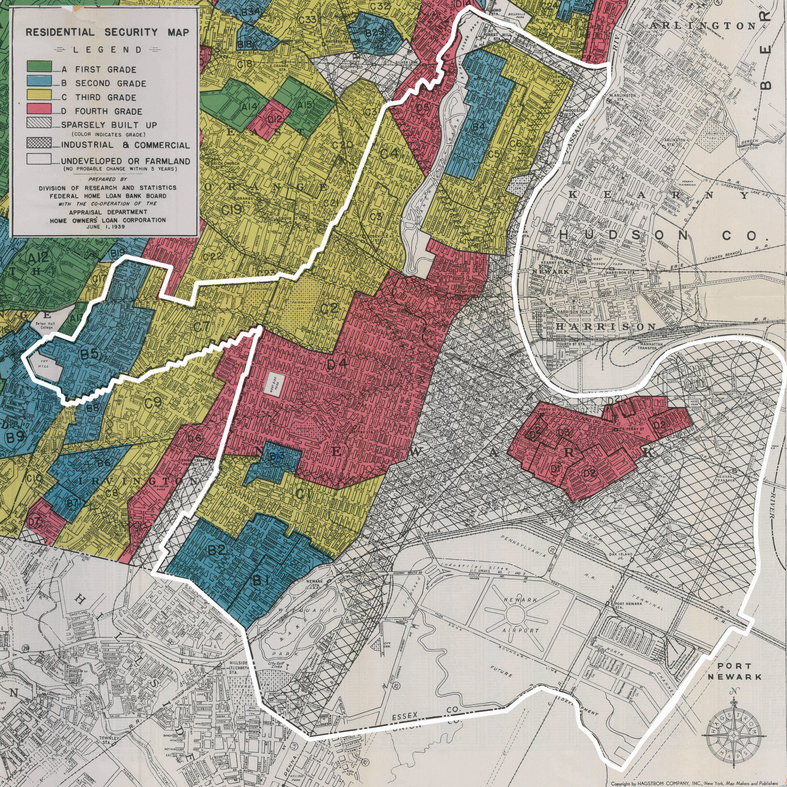1. Who deserves credit?
This website would have been impossible without the research support of the Newark Public Library: Charles F. Cummings New Jersey Information Center, in particular Beth Zak-Cohen, Tom Ankner, and Tim Crist. Further inspiration for this project belongs to generations of activist-scholars, among them Zemin Zhang, Anthony Schuman, Liz Del Tufo, Brendan O’Flaherty, and Clement Price. This project examines Newark through the lens of “racializing space,” a research and conceptual framework inspired by the work of historian and dissertation adviser Robert Fishman. Last of all, Philip Roth’s descriptions of lost Newark in the passages of Goodbye Columbus and American Pastoral inspired me to document changes to Newark’s urban form since his time.
2. Who created this website?
Myles Zhang is a PhD student in history and architecture at the University of Michigan: Ann Arbor; his research examines the built environment as tool of social equity.
Myles grew up in an urban environment with vacant lots, empty skyscrapers, hundreds of acres of surface parking, and the mixed legacy of urban renewal. In an environment shaped by race, politics, and the memory of Newark’s 1967 civil unrest, Myles gravitated toward history as a lens through which to examine today’s divided landscape. In some form or another, all of his work reflects Winston Churchill’s observation that “we shape our buildings and afterwards our buildings shape us.”
Myles has a keen interest in the urban and spatial history of the New York metropolitan region, as well as topics in urban history more broadly. He is interested in how politics, race, and culture are imprinted on the urban form. Through writing, art, digital humanities, and community engagement, he aims to introduce new audiences to history.

3. Who funded this research?
Digitization and preservation of the Berg Collection by the New Jersey Information Center at the Newark Public Library was made possible through a one million dollar, two-year grant from the Carnegie Corp. of New York. This grant funds work to preserve and research archives related to the Latino immigration experience and the 20th-century’s Great Migration, when millions of Blacks fled from racial violence in the south to northern cities like Newark.
4. How was this website created?
Contemporary street views correspond to camera angles of former photos, even though address naming conventions and house numbers may have changed. Scanned photos and photo metadata from the Newark Public Library were uploaded to this WordPress site through the WP All Import plugin. Each of the 2,400 photos were then manually referenced to their contemporary locations through the Travelers’ Map plugin. The theme template for this website is Parabola, and the server is HostGator with domain name services through Google Domains and visitor tracking through ClustrMaps.


